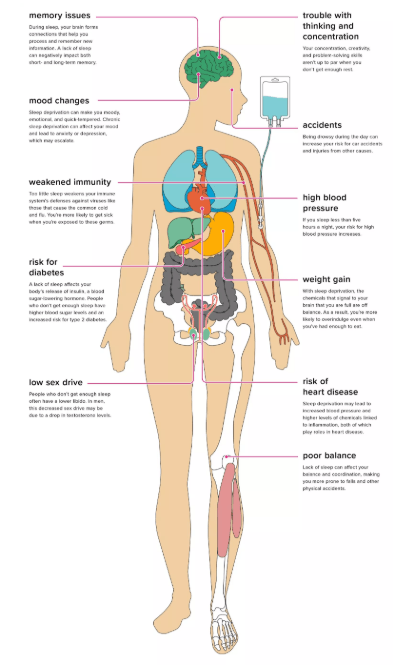
Study: Truckers Rank High Among Sleep-Deprived Workers
Truckers are tired. And they’re driving when they shouldn’t. Unfortunately, it’s getting worse, not better.
From 2010 to 2018, the prevalence of inadequate sleep — seven hours or less — increased from 30.9% of respondents in 2010 to 35.6% in 2018, according to a new study from Ball State University. In 2018, professions with the highest levels of poor sleep were those in categories where 24-hour shift work is common: the police and military (50%), health care support (45%), transport and material moving (41%), and production (41%).
For those in the transport category, the share considered sleep-deprived rose from 32% in 2010 to 41% in 2018, an increase of 28%. The study also found:
- For men, about 30.5% reported getting 7 or less hours of sleep in 2010 and by 2018 about 35.5% reporting inadequate sleep.
- Among women, those reported too little sleep grew from 31.2% in 2011 to 35.8% in 2018.
- By race and inadequate sleep prevalence, the trend from 2010-2018 was 29.2 to 34.1% for whites, 40.6 to 46.5% for African-Americans, 29.5 to 35.3% for Asians, and 35.2 to 45.2% for multiracial adults.
The result? 250,000 U.S. drivers fall asleep at the wheel each day and there is a drowsy-driving related crash every 25 seconds. Unfortunately, fatigue is the most common cause in 31% of all fatal truck collisions.
The long-term impact of sleep deprivation is real. In addition to increasing the likelihood of collisions, sleep deprivation also impacts:
 How can you ensure drowsy driving doesn’t impact your fleet? How can you help a driver who may not even know that he or she is falling asleep behind the wheel – even for a microsecond?
How can you ensure drowsy driving doesn’t impact your fleet? How can you help a driver who may not even know that he or she is falling asleep behind the wheel – even for a microsecond?
Video helps you to know who might be drowsy and falling asleep behind the wheel. With video, fleets begin to see a pattern of common characteristics, including not checking mirrors and sudden braking. In addition, drowsy drivers tend to speed, make wider or slower turns and focus on a single task.
A major cause of drowsy driving is sleep apnea. One of the causes of sleep apnea is obesity, which is prevalent in the truck driver community. According to Kim Beck, vice president of benefits consulting for insurance provider Cottingham & Butler, 60% of those who suffer from obstructive sleep apnea (OSA) have a BMI of 30 or higher – the typical standard for being obese – and 69% of the truck driver population has a BMI above 30. A full 17% have a BMI over 40, which is considered morbidly obese. In one study, 34% of drivers admitted falling asleep at least once while driving and Beck says that 28% of the truck driver population is afflicted with OSA.
Untreated, OSA leads to a 5 times greater crash risk. Those people are also twice as likely to suffer a heart attack or to suffer from hypertension and/or diabetes, and five times more likely to suffer a stroke. They also take 1.9 times more worker’s comp days and are 1.7 times more likely to retire early.
It’s important to understand who in your fleet is falling asleep while driving and who is likely to cause your next collision.
- Posted by Melissa.Senoff@smartdrive.net
- On 5 December 2019